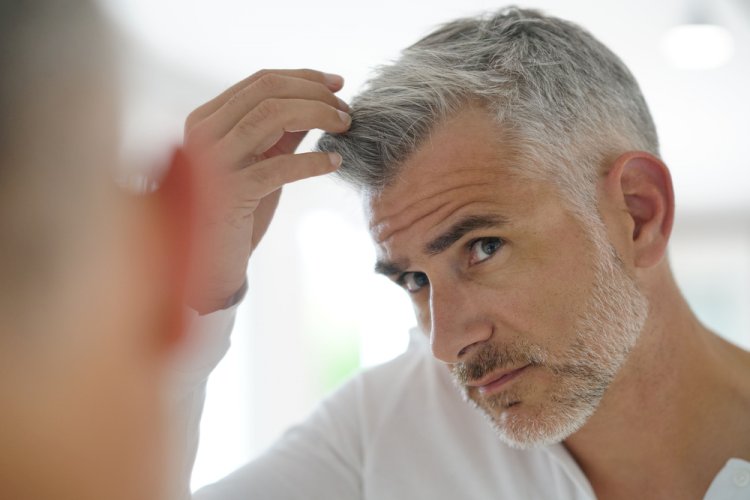Here Is All That You Need To Understand Surgical Hair Restoration – Part 1
Hair restoration is in demand always. This is the best article you can read about these treatments. Here we bring you all the reasons you need to go for restoration treatment.

Introducing Hair Restoration Treatments
Making hair transplantation a virtually undetectable, viable option for many hair loss sufferers are newer techniques similar to follicular unit micrografting, follicular unit transplantation, and follicular unit extraction.
Transplanting it into the balding areas, currently, a hair transplant can only be performed by harvesting dihydrotestosterone (DHT)-resistant hair from the back of your own scalp. Between identical twins who have the same genetic makeup, hair can also be transplanted.
Unless anti-rejection medications are taken for life, in general doctors believe that hair transplanted from one person to another will be rejected. Outweighing the benefits attained from the transplant is however the risk of taking these medications. Without rejection, scientists are currently researching ways to transplant hairs from one person to another.
Surrounding the sides and the back of their head, typically men who have male pattern baldness will still have a permanent wreath of hair.
For transplantation, this is where the hair is invested from. Even in the worst cases of male pattern baldness, this hair is genetically programmed to continue to grow.
Men who have diffuse hair loss is the exception. The hair loss is distributed throughout the entire scalp leaving the sides and the back very sparse, these men have a similar form of hair loss as women. Here the observation is that there comes no guarantee that the hair would then continue to grow in the new area just because this hair seems to be inherently unstable as well as just as susceptible to DHT as hair loss on the top of the scalp if this hair were to be transplanted.
Preparing you to understand surgical hair restoration procedures and methods are the following questions and answers.
Whose hair will be transplanted onto my head?
The fact comes to be surprised that you come to be your own donor for a hair transplant more unlike organ transplants. No donor and recipient are needed. Your body would reject them without immune-suppressant drugs if you received hair, follicles, and tissue from someone else other than an identical twin. From what is called your donor sites, is where you donate your hair from.
Where are my donor sites?
Terms that include the word pattern are male pattern baldness and female pattern baldness. There is a pattern to the baldness is the reason behind it. Sometimes a great deal of it especially the sides and back of their heads retain hair were in men no matter how much hair they have lost in the front, top, and crown areas of their heads. Far less affected by the action of DHT on their hair follicles are the sides and back. Along with the follicles and some surrounding tissue, these areas are the donor hair sites.
During the transplantation where does, the surgeon put my donor's hair?
It is transplanted to the balding parts of your scalp, into tiny slits that the doctor has made in your scalp once it has been extracted. Each graft contains one or more hair follicles with accompanying hair, tissue, and skin, as the donated hair, hair follicles, surrounding tissue, and skin are called grafts
While some people don’t, others have naturally thick hair. Does the relevant question come to be how is it turned into a successful hair transplant?
The number of hair follicles you have per square centimetre of the scalp is the hair density. Scalp laxity, the flexibility, and looseness of your scalp are related factors. When your hair density is high and the scalp laxity is high, more grafts of hair can be transplanted.
What else do you need to know about hair transplant?
Hair transplant still scores among the top treatments for hair restoration.
So always get expert advice from a doctor when you are deciding to go for the treatment. When you are searching for an expert make sure they come with the necessary license and certification. For more positive results, it is good enough to get the clients to talk about their experience before you go for the one treatment you need to restore the hairline.
The Discussion Doesn’t End Here
Here we come across many more of the reasons and procedures to be tried before going in for a treatment. Hence, we ask you to keep watching this space to ensure you have a good experience when going in for hair restoration. The time is right as you may just want to make sure the hairline doesn’t disappear beyond the scope of a hair transplant. So then go to the next post to get the complete information on what is needed and what isn’t when it comes to hair transplant treatment.
What's Your Reaction?





















